It’s hard to believe that it’s already been a year since I first held a copy of Sonic Generations in my sweaty, jittery hands. It’s even harder to believe that now, with another new year of jaded, weathered gamer cynicism clawing at the recesses of my brain, I still find myself eager to pick up that controller and pop in that disc, perfectly willing to yet again experience the same four or five stages over and over in a ritualistic jaunt that inspires in me a kind of blissful mechanical rhythm I haven’t felt since the blue blur’s glory days on the Genesis. I’m sure these words sound hyperbolic and rambling, but I don’t care: I haven’t felt so good about a major Sonic release in almost twenty years.
But even as my all-too-chiseled nostalgia muscle shuffles through the great, good, and even terrible memories of Sonic Generations, I repeatedly find myself drifting back to one specific unsung feature—a glowing corner of the game relegated not to the main story, or even to Sonic’s world map, but to the oft-ignored and confusingly misplaced “Xbox Live” option on the title screen. Whenever I play the game now, I find myself returning, time and time again…to the 30 Second Trials.
A go-to, extraneous, empty gesture of a single player gameplay “mode,” the basic concept of time trials has now been wrung out to the point of utter exhaustion by years of cookie cutter racing games. I can’t think of a single one that doesn’t come packaged with this ubiquitous and assumed feature, from slavishly realistic simulations to zany kart racers. And not one of them—not one—has hooked me like Sonic Generations‘ surprisingly addictive take on this normally banal mini-game.
At first glance, Generations’ Time Trials sound like little more than a familiar racing formula applied to a platformer canvas. In each curt, snappy trial, the player must push as far as they possibly can into one of the game’s stages, relying on the thinly veiled passages, multilayered environments, and subtle tricks of the physics engine to just inch a little further before thirty precious seconds run out. While the first few sessions may feel like yet another venture down a familiar path, a deeper dive will slowly reveal something far more exploratory and mechanically addictive. In an effort to shave precious seconds (or even milliseconds) off of their time, players will start to pay acute attention to the game’s impressively multi-layered level design. Over countless attempts to crack that high score, they will wile away at the same finite chunk of space until the glossy veneer of a speedy, light-hearted platformer falls away and that wonderful, formless repetition of focused and mesmerized strategy slides in place.
While digging away at these little chunks of gameplay, I found myself repeatedly floored at the branching paths in both modern and classic Sonic stages. Looking to leap ahead in Modern Sonic’s Speed Highway? Almost immediately after the start of the stage, grab onto the helicopter flying parallel to your track. Want to shave some seconds off of Classic Sonic’s Green Hill Zone trial? Time your jumps perfectly to attack a row of three enemies, placing you on a higher plane, and thus setting you on a completely different path. Every second, more and more opportunities like these can be unearthed, revealing a seemingly streamlined, straightforward game as something far more strategic, open-ended, and replayable.
Taking a page out of the playbooks of modern platforming champions like Super Meat Boy, the restrictive 30-second window of these Time Trials only adds to this replayability, as it allays the normal frustration of failure and exhaustion of drawn-out stages and instead offers quick, easily digestible experiences that almost immediately restart the moment they end. Mixing the attraction of that high score with such a prohibitive time limit influences the player into not just honing their own skills at “driving” the stage, but also their understanding of each area’s distinct layout. Before long, these short bursts feel like their own unique stages, constructed out of only a handful of hazards and avenues you have to navigate as nimbly as possible.
But as much as I love these new bursts of gameplay, they wouldn’t be nearly as awesome without one essential component—competition. The first time I played through most of the trials, I did so in tandem with fellow Kids Table host John Doherty and Sega Addicts writer Scott Morrison. Of course, we spent the bulk of our time challenging each other over Twitter, struggling to proclaim our awesomitude over the 360’s annoyingly cumbersome message system, or just trash talking through my shoddy little headset. But steeped in the normal standards and practices of online gaming, I genuinely found myself hooked on the idea of beating each and every score of my fellow Sega Addicts.
In this way, the experience quickly transformed from an arcade-type experience that thrives on the player’s desire to push themselves, to an exciting, shot-for-shot competition that feels like an odd but refreshing remix of platforming, boxing, and racing. Every time John tweeted some cheerful announcement that he had pulled ahead of my score for Sky Sanctuary or City Escape, I cursed the sky, cried for an hour, and promptly dove back in, willing to play for another twenty minutes just to push my points that much further.
After reading that last bit, you might be surprised to hear that I’m not a particularly competitive person. But this kind of online digital fisticuffs plays to the same emotions as those old school yard debates and arcade stand-offs, when standing in line to “play the winner” meant a chance to dig your toes into the side of the proverbial mountain and climb higher in the cabinet’s permanent ranks. It’s a kind of competition that feels far more real and personal than an arbitrary four minutes circling a track.
Now that Sonic and All-Stars Racing Transformed will be in our hands mere days from now, it’s a great time to think back on all the great “racing” experiences peppered throughout Sega’s multi-faceted history. Many of you may be thinking of Daytona USA, Hydro Thunder, or even the first Sonic All-Stars racer, but my mind immediately leaps to this unique, underplayed piece of Sonic’s greatest modern title. Infusing the game’s inherent speed and branching paths with a stress-inducing time limit and a healthy dose of one-on-one competition, these trials are races in their own light, and prove that Sonic is still capable of hooking me on the same finite chunks of gameplay for hours, not out of frustration, but out of addiction.

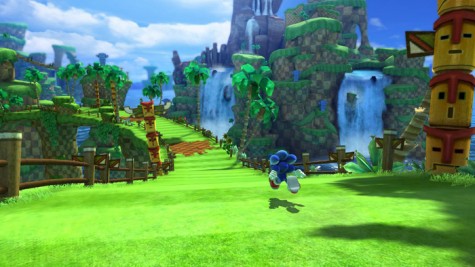
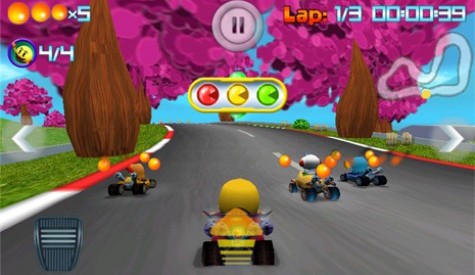
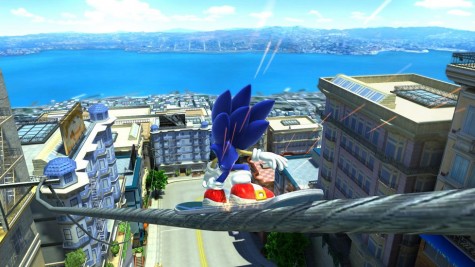
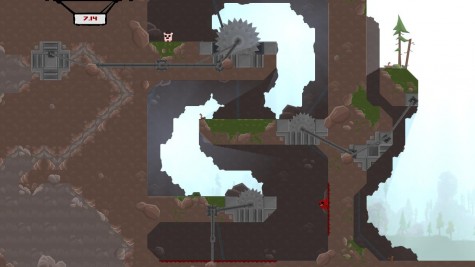
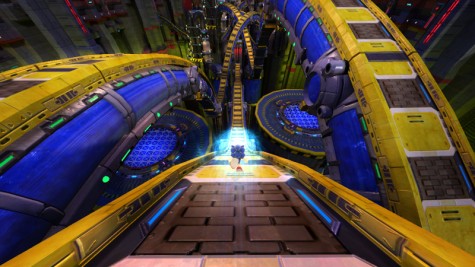
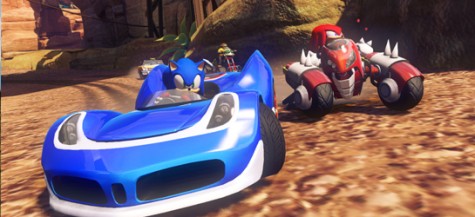

I completely over looked the 30 second trial. You’re right though, doing some of Generation’s longer levels for a good time gets really tedious and I didn’t think to try the 30 second version instead.
You’re also right about the levels being chock-a-block with alternate paths and secrets, like the cool speed highway helicopter you described. You also get to see a lot of them when searching for red rings.
It was the Kids Table that introduced me to the 30-second trials and got me hooked. Thank you, gents!
But yes, yelling at you over Xbox Live was a good time, Josh. “Up, down, and all around!”
Haha, it’s amazing how competitive the mode can be even though you are not directly playing against anyone.
Haha, I completely forgot about the “up and down and all around thing.” That shit still makes me chuckle.